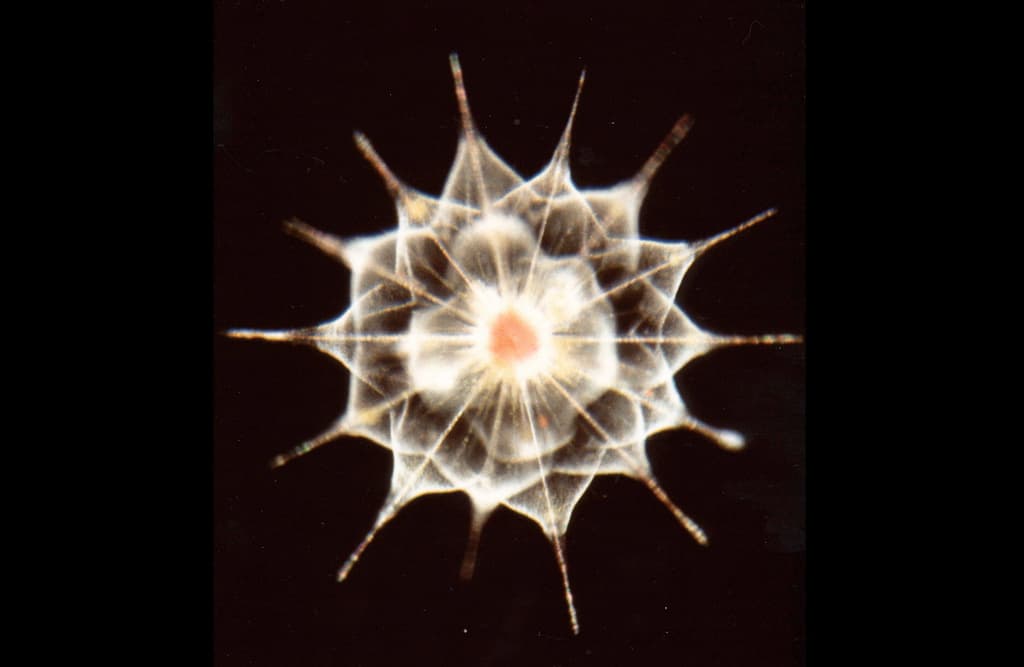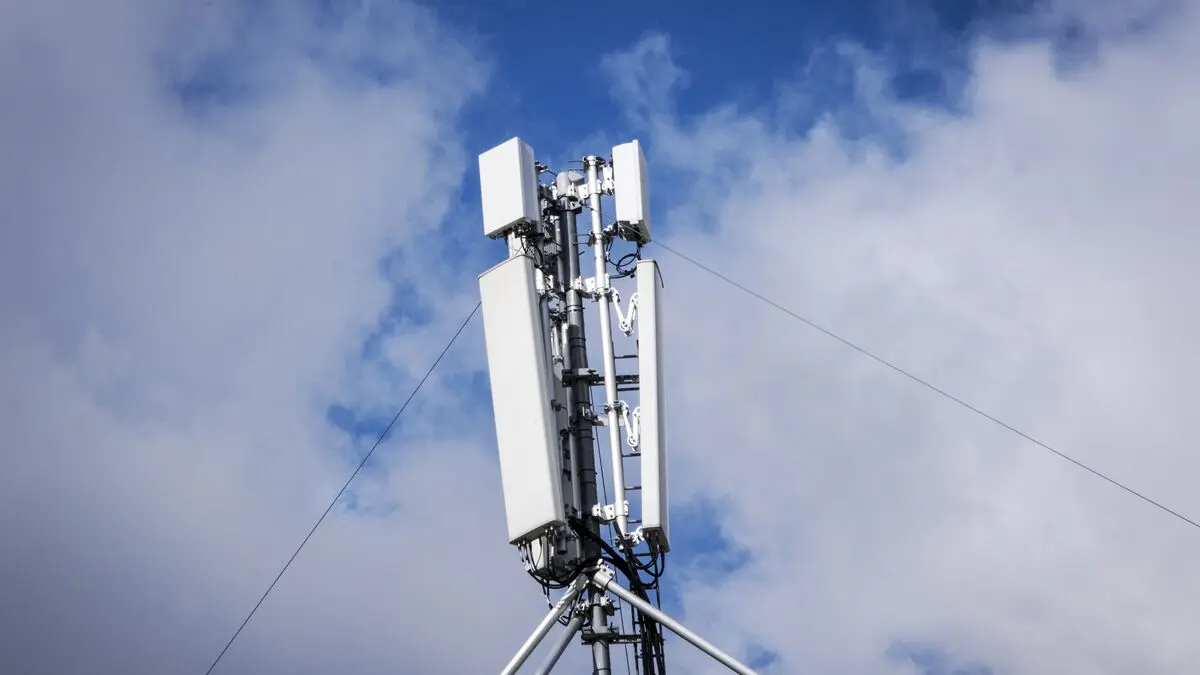This means that it emerged shortly after the Earth itself was born 4.54 billion years ago.
In earlier studies, the ancestor's age has been estimated to be between 3.5 and 3.8 billion years. It has been considered less likely that it was older than that since the Earth was bombarded by asteroids and comets during a period from 4.1 to 3.8 billion years ago – the so-called "Late Heavy Bombardment".
Rain of celestial bodies
It has seemed incredible that any living thing could have survived the bombardment. But the new study, published in Nature Ecology and Evolution, shows that the ancestor already existed at that time and consequently managed to get through the rain of celestial bodies.
The researchers, led by molecular biologist Edmund Moody at the University of Bristol in the UK, have compared the genetic material of organisms from all domains and groups – bacteria, archaea, protozoa, animals, plants, and fungi. The number of mutations shows how long ago the different lines separated. To get a correct time scale, they have based their calculations on fossils that show when different organisms likely emerged.
Complex creature
Moody and his colleagues have even tried to determine what kind of organism the ancestor was. It was, of course, single-celled, but surprisingly, it was a complex creature, roughly as complex as a bacterium. Its genetic material coded for over 2,000 proteins and it had a developed immune system.
All this suggests that the ancestor likely lived in an ecosystem where it had to be able to protect itself against other organisms. This means that it was not the first life form on Earth, just the one that gave rise to all living creatures today. The other life forms that existed when the ancestor lived simply died out without leaving any descendants.
All life on Earth has the same origin and stems from the same organism. Researchers have long speculated about what kind of organism it was. This hypothetical ancestor is called LUCA, the Last Universal Common Ancestor – the last universal common ancestor.
The new study suggests that enormous periods of time have passed since LUCA lived, and the Earth looked completely different back then. There must have been water, but the atmosphere consisted mainly of hydrogen and helium. Oxygen did not exist in larger quantities until much later.
Source: Nature





